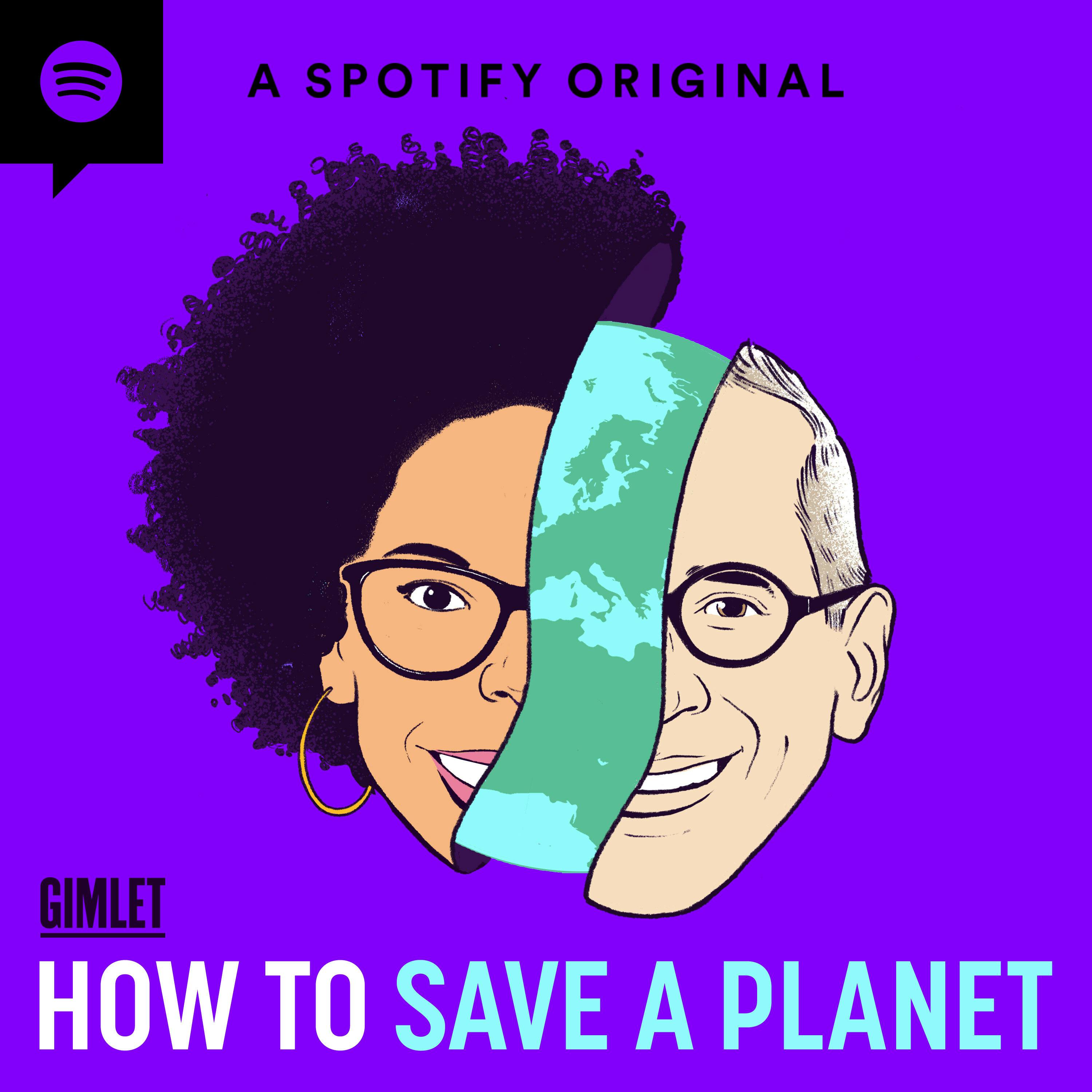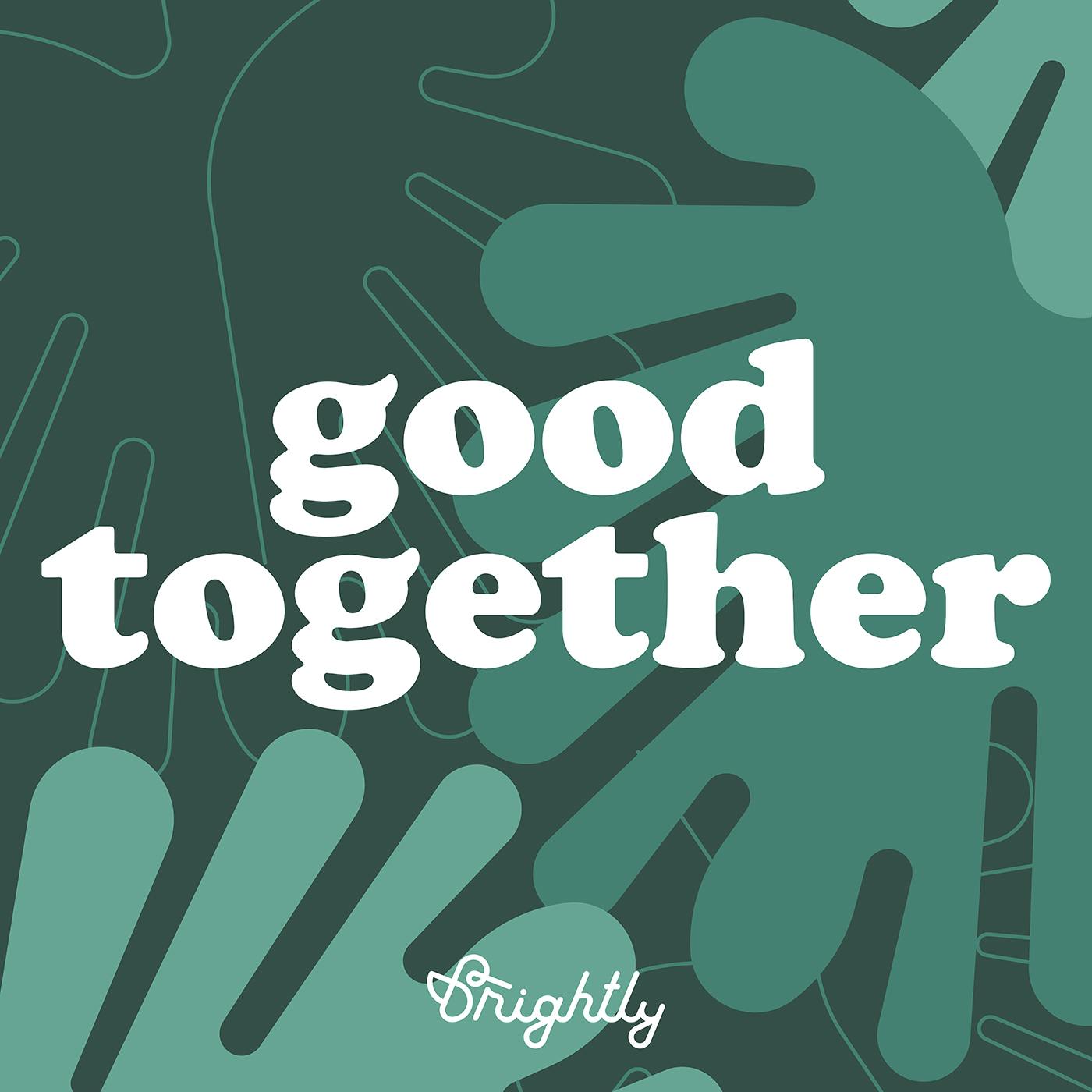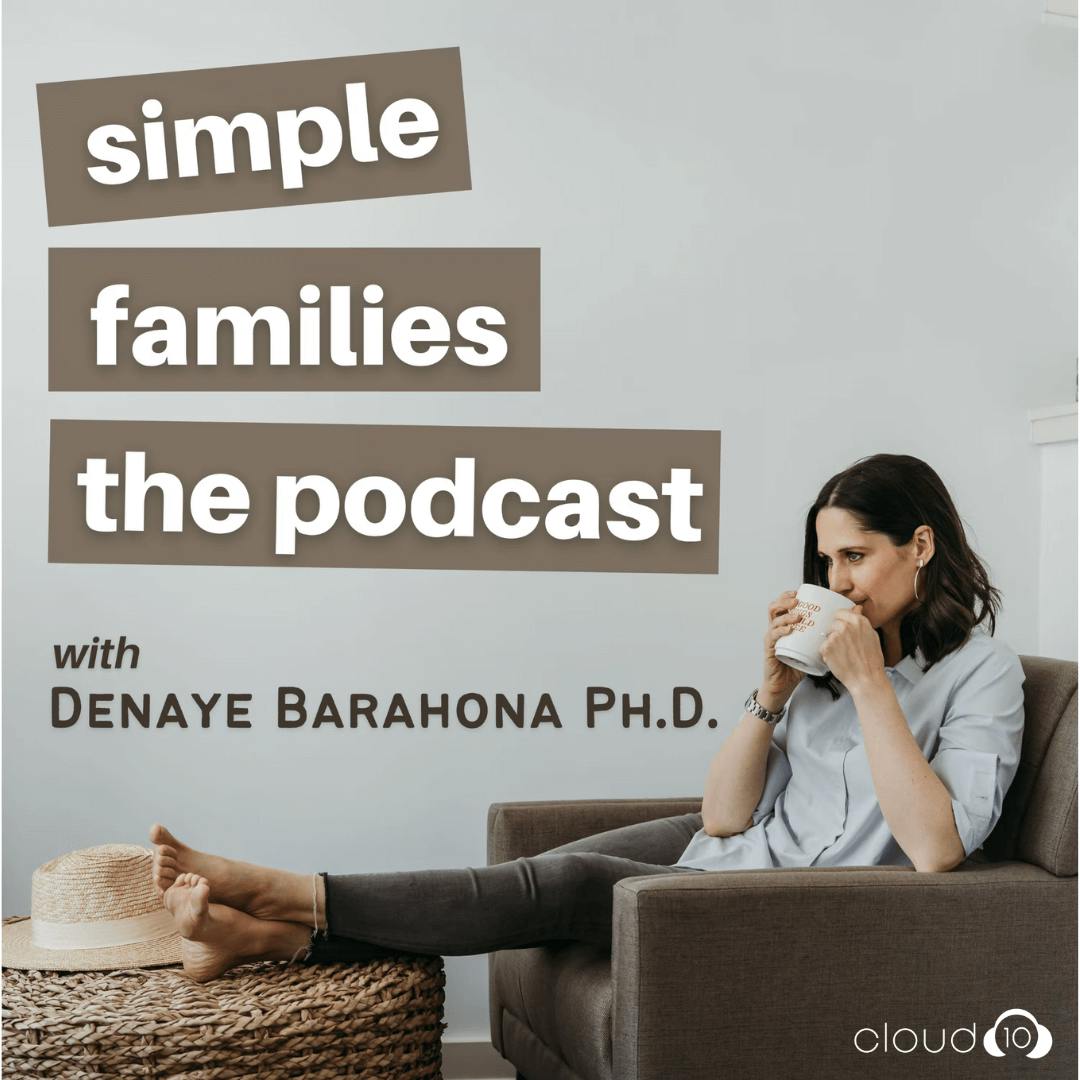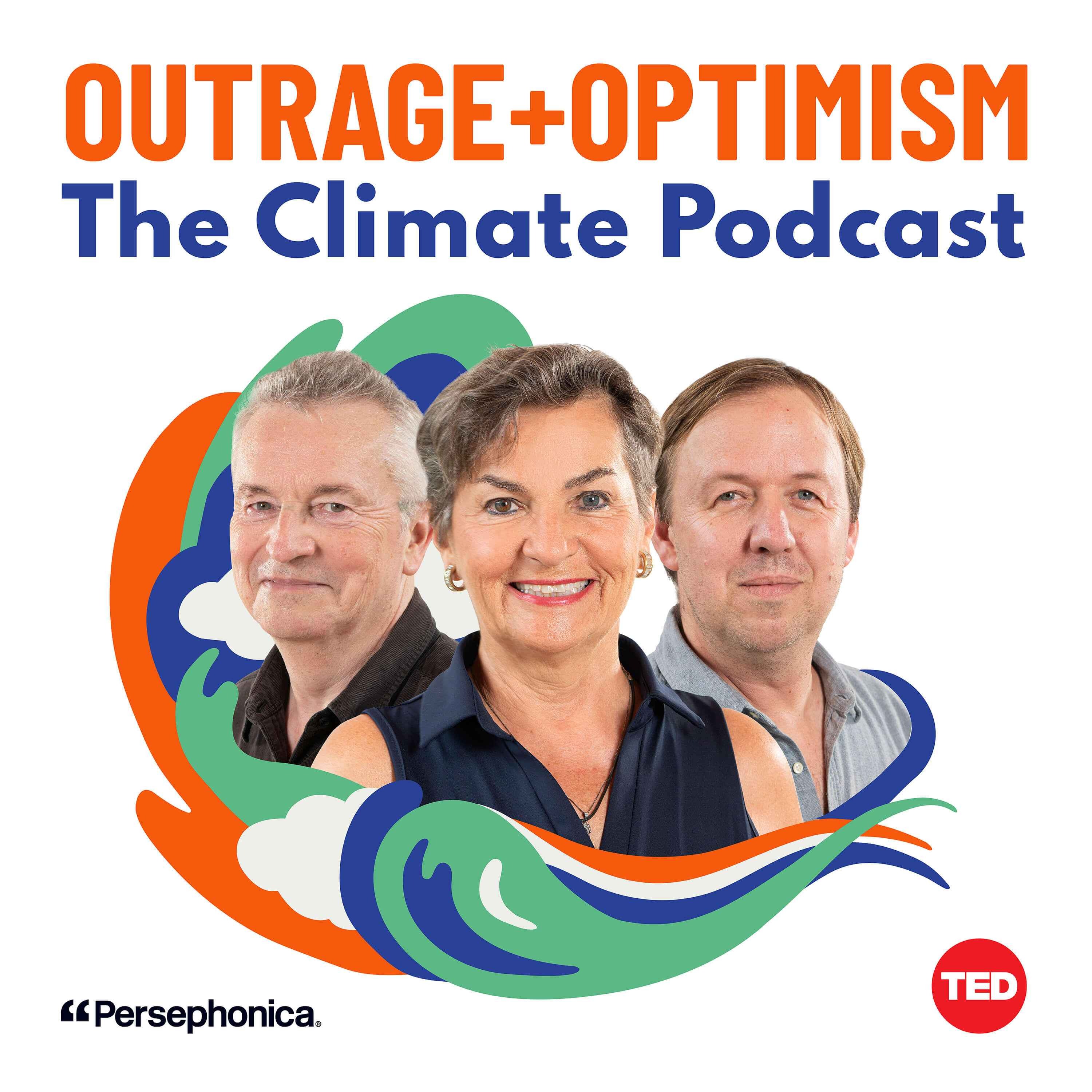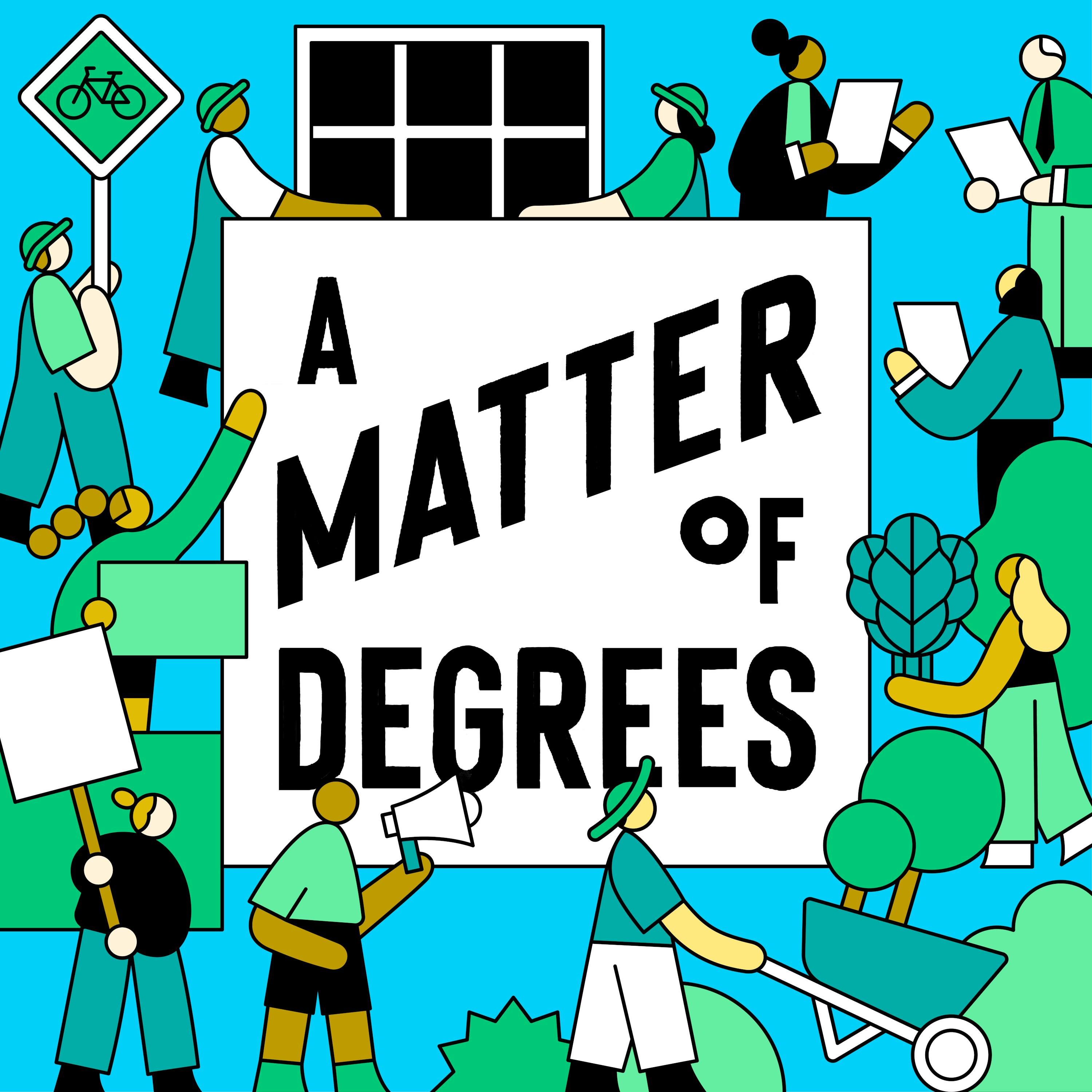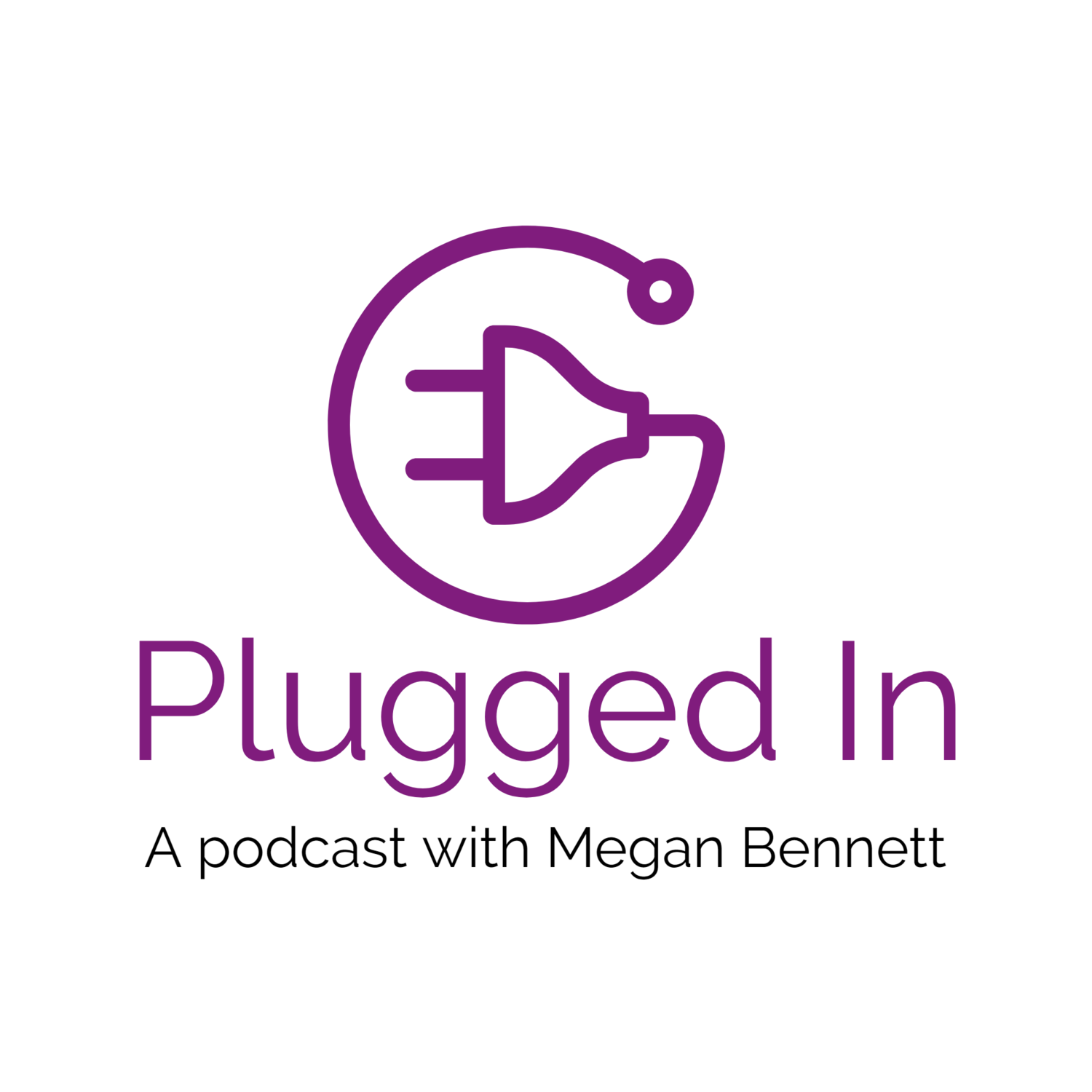
Sustainable in the Suburbs
Want to waste less, save more, and make your home a little more eco-friendly? Sustainable in the Suburbs is your go-to podcast for practical, judgment-free tips and real-life stories to help you build sustainable habits that actually stick.
Hosted by Sarah Robertson-Barnes — a suburban soccer mum, sustainability educator, and founder of the blog Sustainable in the Suburbs — this weekly show brings doable advice, honest conversations, and actionable ideas to help you waste less, spend smarter, and live more sustainably at home.
Because sustainable living doesn’t have to be perfect to matter — and you don’t have to do it all to make a big impact.
Start where you are, use what you have, and live a little greener.
Sustainable in the Suburbs
6: Overwhelmed by Climate Change? Start Here.
Climate change feels HUGE — and it is. The problem is urgent and complex. And when you start looking for solutions, it can seem like there’s an endless list of things you should be doing. All of them are important, and that can feel completely overwhelming.
In this episode, I’m sharing a simple framework I often come back to refocus my efforts: the Climate Action Venn Diagram from Dr. Ayana Elizabeth Johnson. We’ll talk about how your skills, your joys, and the needs of the world can come together to help you find your own personal starting point — one that feels meaningful, realistic, and sustainable for the long haul.
Takeaways
- The Climate Venn Diagram helps identify a meaningful starting point for climate action by looking at what brings you joy, what you’re good at, and what the world needs.
- Sustainable living isn’t about doing everything — it’s about doing something that feels right for you.
- Joy is a powerful motivator in climate work and there are countless ways to contribute your skills.
- Building habits that feel good and fit your life helps make climate action sustainable for the long term.
One Small Shift
Download a copy of Dr. Ayana Elizabeth Johnson’s Climate Venn Diagram worksheet, grab a pencil, and just see what comes up. You might be surprised by how much clarity this one little exercise can bring.
Resources
How to Find Joy in Climate Action - TED Talk
What If We Get It Right? (Website)
All We Can Save - Ayana Elizabeth Johnson & Katharine K. Wilkinson
What If We Get It Right (Book) - Dr. Ayana Elizabeth Johnson
How to Start Living Sustainably: A Simple Framework for Climate Action
Connect With Me
Sustainable in the Suburbs is mixed and edited by Cardinal Studio
If you enjoyed this episode, I’d love it if you followed the show, shared it with a friend, or left a rating and review. Every little bit helps more people find Sustainable in the Suburbs — and live a little greener.
Here's something I always want you to keep in mind on your sustainable journey. Actions can be big or small, but we need them all. Welcome to Sustainable in the Suburbs, a podcast for the eco-curious who want to live a greener life and are looking for a place to start. I'm your host, Sarah Robertson Barnes, a soccer mom with a station wagon and a passion for sustainable living. Each week, I'll bring you practical tips and honest conversations to help you waste less, save money, and make small doable shifts that actually fit your real life. Because sustainable living doesn't have to be perfect to matter, and you don't have to do it all to make a difference. Hi, welcome back to Sustainable in the Suburbs, where we believe that small changes add up. My name is Sarah, and today we're going to be talking about finding a realistic starting point for your climate action, something that is aligned with your skills and your interests and what the world needs. something that is accessible and personalized, but most of all, joyful. So a question that I'm often asked is, okay, but what do I do? Where do you even start? And I totally get that. Once you start thinking about climate action, it can very easily become overwhelming. It is so complex and touches every aspect of our daily lives. Once you start peeling at that onion, you'll see that it's just layer upon layer upon layer. And much like that onion, it can make you want to cry. There's also so much pressure, whether it's real or imagined, to do it all and to do it perfectly, especially if you share it on social media. And you can trust me on that one. So yes, there are a million things to do, but the good news is that there is no one path and no one right way to do this. There are a million ways into this work and there is one that makes sense for you to start where you are with what you already have. In today's episode, I want to share a simple framework that can help you find your path with no pressure, no perfection, just your starting point. It's called the climate Venn diagram and it's from marine biologist Dr. Ayanna Elizabeth Johnson, one of my climate heroes, and she asks three questions. What brings you joy? What are you good at? And what is the work that needs doing? And where those three intersect? That's your path. So by the end of this episode, you'll have a few ideas for where to begin based on who you already are and what you already care about. So let's get started. Before we get into specific examples, let's take a minute and really break down what this climate Venn diagram is all about, because it's simple on the surface, but there is a lot of richness in these three circles. So this is obviously not a visual medium, but I want you to imagine a Venn diagram with three overlapping circles. And I will link to it in the show notes so that you can check out Dr. Johnson's worksheet and her TED Talk as well. And also, Her books so I just finished reading what if we get it right and it is so so so good because what if we really do build a better world through all of this and What could that look like and it really helps to fuel me through a place of optimism and really building something rather than Fixing something that is broken. That's what's really lighting me up right now So be sure to check that out and it's all listed for you in the show notes. Okay Back to the climate Venn diagram. So imagine three overlapping circles, each with a question inside. First question, what brings you joy? This is so important. And honestly, it's a part that people often skip when they're thinking about sustainability, but joy matters. If you're going to stay engaged and not burn out and want to keep going in a way that is sustainable for you, your actions have to be connected to something that lights you up. So it could be something obvious, like your family or fashion or just being outdoors or something quieter like organizing or knitting or reading a book. What are the things that you love doing that make you feel energized and fulfilled? For example, I love talking to people about practical, sustainable living. And here we are. I also love knitting. And so I can make some of my own garments in a very slow and meditative way that has me not scrolling my phone. So think about the things that you would be doing if you had all the time, money's no object. What is something that really lights you up? Second question, what are you good at? And I want you to think just beyond your job here. This isn't about being perfect or being the best at something. It's just about recognizing your strengths. So some folks are incredible artists or they know how to build a website, how to bake sourdough or grow a vegetable garden. Some people truly are connectors and thrive in community or they can make a mean spreadsheet and repair a small engine or know how to do computer things. things that you are naturally drawn to or have learned over time. What are your hobbies? How do you like to spend your time? What do people come to you for? What is the thing that you are good at? And thirdly, what is the work that needs doing? Now, this is the part that can feel very overwhelming because the answer is a lot of work needs doing, a lot, all of it actually. So, try to focus this section on what you answered in your skills section. This is what you can work on. So if your skills are food related, maybe you work on food systems or food waste or food justice. If you're really into cycling, maybe you work on transportation policy. If you're into birding, like I definitely am, maybe you work on protecting green spaces in your suburb. The list goes on, but you don't have to do it all. you just need to notice where your interests and strengths might meet one of those needs. So do a little digging until you find the root of the tree that speaks to you. Where these three circles overlap, that's what you can actually do. That's where the magic happens, and that's going to be your starting point. Let's talk about finding that sweet spot in the middle. Now that we've unpacked each part of the climate Venn diagram, let's talk about what this could actually look like in real life. because once you find the root, you'll see that the tree has so many branches from your starting point. So I'm go through some different categories of people and interests and see if you recognize yourself in some of these and riff off some of the ideas that I give you in terms of what your starting point could be. So we're gonna begin with the foodie. Food is something that we all have to interact with every single day of our lives, whether it's shopping for food, cooking food, cleaning up, dealing with compost, whatever it is, we all have to interact with food every single day. So let's say you love cooking or reading food blogs, just pinning recipes, you love organizing your grocery haul, whatever it is, if food is where your joy, your passion and your skills lie, There are a lot of ways into climate action from there. So you could start composting or planning meals around reducing food waste, learning how to store produce properly for longevity or how to can or other types of preservation. I just got a dehydrator last year, a year before, and I'm obsessed with it. You could host a soup swap or learn how to organize a community garden, volunteer for your local food pantry. There's so many ways in the climate action around food. So find one that really sparks something in you and you can start there. Next we have the fashionista. So this is definitely not me. But if you are the person who loves shopping, following fashion trends, putting together outfits, there are so many ways in for you. You could get into thrifting if you aren't already. or host a clothing swap with your friends and family to just share items that you're no longer wearing, but aren't ready to donate yet. And they are so fun. You could also try a no new clothes challenge for a month or a year and really challenge yourself to get creative with your own wardrobe instead of buying new. You could learn a mending technique or get into slow fashion or take a sewing class. Lots of way ends with fashion. Let's say you are the teacher connector type. So I identify a little bit here. You are good at explaining things or connecting people or organizing events. So you could run an eco club at your kid's school or organize a community cleanup or host a community clothing swap. So there's lots of different options here. Our schools did a costume swap at Halloween time. So you just bring in your random costumes you have lying around your house and just grab a different one. And then that way nothing new has to be purchased and none of those costumes end up in landfill. I've seen it done with school supplies at the beginning of the year. And there's like mom to mom swaps with all your baby care and that kind of thing. So there's lots of different ways that community events can be organized. around these things that we may not think of as sustainability or climate action, but absolutely are because we are sharing resources within our community and keeping things in use and out of the landfill. So if that's something that lights you up, start there. Next is the creative. So perhaps you are a writer or a photographer, an artist, a musician, and you can create content, just share what you're doing where... you're showing your friends and family what you're up to, or do what I did and start a larger public account and focus on that. Or you could volunteer with a local organization to create content for them, do their copywriting, photograph their events. You could illustrate climate stories, write a song. All of these ways are different types of storytelling that help to educate the folks around us that, yes, we are in a climate crisis and Yes, we can fix it. We just need everybody. So that's one way that you can funnel your creative talents into climate action. I'm going to separate out a different type of creative here. Since I'm not an artist, but I um am a crafter. So you're the kind of person who knits or sews or does woodworking, loves to make things with your hands. You can get into mending clothes or exploring different types of upcycling. Maybe you make beeswax wraps or produce bags to give out at your local farmers market, or you host a DIY workshop to share your skills. I recently went to one at our public library system about how to ferment food. So I guess that goes more with the foodie, but it's something that I've always wanted to try and didn't know how to do it. And it was really nice to be in a face-to-face setting with just a few other people who are interested in learning the skill. And yeah, now I know how to make kombucha. So next is the gardener. So you're a plant mom, you love your houseplants, or you have a veggie garden or a cut flower garden, mostly you're happiest with some dirt under your nails. There's a way that you can expand that beyond your yard. You can grow food for your local food pantry, or I've even seen folks just set up a table out at the curb that just says like, Food is free at that point in the summer when we start getting overwhelmed with zucchinis and squash and tomatoes. Just give it away. You could grow food for your local food pantry or swap seeds or seedlings with your neighbors. You could even start seed library at your local public library if they don't already have one. And if they do, you could donate a bunch of your seeds there at the end of the season. You could learn about swapping out your lawn and starting a veggie garden or a pollinator garden and learn about native plants and rewilding to your local area. Next would be, I'll call them the minimalist. Maybe you're a declutterer or maybe you're a thrifter looking to expand beyond the thrift store. But this is all about um finding cool stuff and also getting rid of stuff that you no longer find cool. And so this would be something like giving items a second life through your local pass it on or buy nothing groups. If you aren't already a member of your local buy nothing group, they are on the Facebook platform, get into your buy nothing group as soon as possible. And if you don't have one in your local area, you can go to buy nothing project.org and I'll put that in the show notes as well and start a buy nothing group in your area. And this is where people can swap goods that are still perfectly usable, but maybe would end up in landfill if they got sent to the thrift store. So this is a weird example, but I once gave away a bunch of nail polish. I just wasn't using it and I didn't like the colors or whatever it was, but it's nail polish. Like it's fine. And someone came and picked it all up. So that kept it out of the landfill and also just from sitting in my bathroom cabinet for the next gosh knows how long. And so that's one way. uh Another way would be to start tracking your spending. uh a no spend month and see how much you don't buy over that month. You could start talking to your friends and family about what you're doing. Just being really mindful of your consumption, but talking about it in a way that is leading by example for others. Perhaps you are the studious type, the researcher. You love reading all the books and listening to all the podcasts. and you really want to have a full understanding before jumping in, there is a place for that. You can start sharing the resources that you're checking out with your friends and family, sharing articles, sharing this podcast with the folks in your life. You could start a sustainability book club, or if you're already in a book club, when it's your turn to choose the book, choose something about sustainability or climate action. So for example, what if we get it right by Dr. Johnson would be? great addition to a book club. And it doesn't have to be sustainability focused. But if you can start to introduce that into your broader networks, that's a way to get folks just talking. You could start writing about your journey on a blog or help people sort facts from fiction by researching different greenwashing and things like that. Basically, whatever it is that you're learning about, find a way to share it. And that counts as climate action. Let's say you are the outdoors person. You love birding or walking or biking or hiking, basically just getting from point A to point B in a way that is not your car. This is where you can get into transportation policy. So advocating for safer bike lanes in your community, uh joining the local business improvement association for more walkable community. If you have a local downtown, like a main street area, you could join a local transit group. organize a carpool for your soccer team. You could even carpool with your friend to the grocery store. It's really hard to find time to hang out when we have to do all these errands and chores and everything all the time. But I do have a friend that I will carpool to the grocery store with every once in a while. And that way, like we're shopping, we're doing a chore, but We are only taking one car and we get to connect with each other in a face-to-face way. And that's a little piece of climate action that actually does matter. And lastly, I'm going to bundle these two together, the organizer. So you're good with spreadsheets or behind the scenes systems. or you are the planner of your family or you like low key run your neighborhood with all of those types of events. There are lots of organizational things that you can do to help organize your community in a way that supports climate action. So you can help a local green organization set up their website. I did that with my local birding group and it's just a low key. It's a... It's a WordPress website and I was able to get that up and we got some new members, some new volunteers for our birding group for that. You could help streamline their signups or share their content. You can track community impact with a digital tool, or it could even be on my son's soccer team, for example, suggesting waste-free snack alternatives, sharing secondhand gear options. So our local soccer club has like a shoe rack. at the sports dome where you can take your cleats when you outgrow them as kids are want to do. And then you can just grab a pair that fits your kid now. And I don't know who put that shoe rack there, but bless them because it has been such an incredible resource for our family and countless others. So just ways like that that help to put these nudges out and help organize your community around green action can really make a huge difference. Even if it's just, like I said, organizing a gear swap or helping your child's classroom sort their waste properly, just get them that blue bin and a green bin and off you go. All right, so now that your wheels are turning with some ideas, let's bring it back to something that is simple and doable in a segment I call One Small Shift. If you're not sure where to begin, I highly recommend checking out Dr. Johnson's website and her Climate Venn Diagram Worksheet, which is again linked for you down in the show notes. Just sit down with your notebook and your friend or your kid or your partner and just see what comes up for you when you're answering those three questions. So what brings you joy? What are you good at? And what is the work that needs doing? And you might be surprised by just how much clarity that one little exercise can begin. So this week for one small shift, I'd like you to work on the climate Venn diagram and see if you can shift your mindset from awareness into action. Okay, so the main theme for today has definitely been that you don't have to be perfect. You just have to get started. And every journey begins not with a map, but at least with a general direction. I really can't recommend the climate Venn diagram framework enough as a starting point to help you gather your thoughts and begin from a place of optimism and joy. If something clicks for you after you do this exercise, I would love to hear about it. What showed up in your Venn diagram exercise and what small shift are you thinking about making this week? You can message me on Instagram or send me an email. I'm always happy to chat and I'd love to hear your thoughts on this. In upcoming episodes, we'll be digging into practical stuff like doing a household waste audit, quitting paper towels, and we'll be chatting with some small, sustainable business owners. So be sure to stick around. Until next time, start where you are, use what you have, and live a little greener. Thanks for tuning in to Sustainable in the Suburbs. Every small step adds up and I'm so glad we're doing this together. If you enjoyed this episode, please make sure to follow the show, share it with a friend and leave a review wherever you get your podcasts. You can find me at sustainableinthesuburbs.com or at Sarah Robertson Barnes on all the things. Until next time, start where you are, use what you have and live a little greener.


![[OLD IMPORT] Green Dreamer: Seeding change towards collective healing, sustainability, regeneration Artwork](https://img.transistor.fm/Cu7NhHL7AkMmLzHdklSCPpCReUYOwJA3MsPaYf0GyVQ/rs:fill:0:0:1/w:1400/h:1400/q:60/mb:500000/aHR0cHM6Ly9pbWct/dXBsb2FkLXByb2R1/Y3Rpb24udHJhbnNp/c3Rvci5mbS9hZWY0/MTZkZjU2NTNmM2Ez/YzFmMjU1ODRhMzRk/YmE3ZC5wbmc.jpg)
